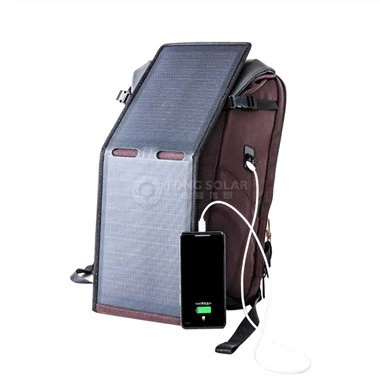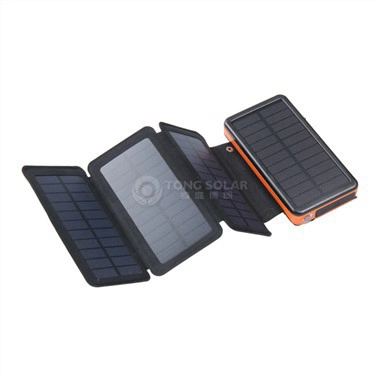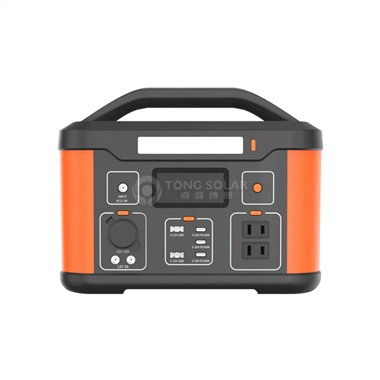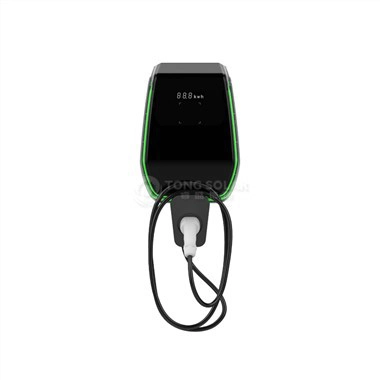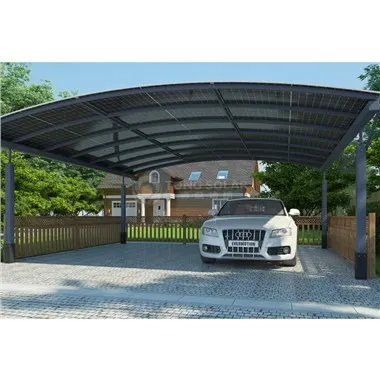How Fast Can Level 3 DC Fast Chargers Charge Electric Vehicles Compared to Other Levels?
2024-05-09 09:25:03
Introduction
As electric vehicles (EVs) keep on acquiring prominence, the requirement for productive and fast charging framework turns out to be progressively significant. Level 3 DC fast charger, also referred to as DCFC (Direct Current Fast Chargers) or DC rapid chargers, are made to provide EVs with high-power charging options that allow for quick battery replenishment. But in comparison to other charging levels, how quickly can the product charge electric vehicles? We will compare the charging speeds and capabilities of the product to those of Level 1 and Level 2 chargers in this blog post to help you understand the differences between the charging levels and their advantages.
What Are Level 3 DC Fast Chargers and How Do They Work?
Level 3 DC fast chargers are high-power charging stations designed to deliver direct current (DC) electricity to electric vehicles, bypassing the vehicle's onboard charger. Not at all like Level 1 and Level 2 chargers, which utilize rotating current (AC) and require an installed charger to change AC over completely to DC, Level 3 chargers give DC power straightforwardly to the vehicle's battery, empowering quicker charging speeds.
Depending on the capabilities of the charger and the vehicle's compatibility, these chargers typically operate at power levels of 50 kW to 350 kW or more.The product use specialized connectors, such as CCS (Combined Charging System) or CHAdeMO, to deliver high-power charging to EVs, allowing for rapid replenishment of the battery and shorter charging times.
How Fast Can Level 3 DC Fast Chargers Charge Electric Vehicles Compared to Level 1 and Level 2 Chargers?
Level 3 DC quick chargers offer altogether quicker charging speeds contrasted with Level 1 and Level 2 chargers, making them ideal for extremely long travel and fast times required to circle back. The product can provide power levels upwards of 50 kW, 100 kW, or even 350 kW. The charging speed of the product depends on a number of factors, including the charger's power output, the vehicle's battery capacity and charging capabilities, and the conditions in the environment. Level 1 chargers typically operate at power levels of 1.4 kW to 2.4 kW, while Level 2 chargers typically operate at power levels of 3.7 kW to 22 kW. The product can recharge an electric vehicle's battery to 80 percent or more in as little as 20 to 30 minutes under ideal conditions, significantly reducing charging downtime and allowing for longer trips.
What Are the Advantages and Limitations of Level 3 DC Fast Chargers Compared to Other Charging Levels?
Level 3 DC fast chargers offer several advantages over Level 1 and Level 2 chargers, but they also come with their own set of limitations:
1. Advantages:
- Faster Charging Speeds: The product can replenish an EV's battery much faster than Level 1 and Level 2 chargers, allowing for quick turnaround times and extended driving range.
- Convenient for Long-Distance Travel: Level 3 chargers are well-suited for long-distance travel, providing rapid charging solutions at highway rest stops, commercial charging stations, and public charging networks.
- High-Power Charging: Level 3 chargers deliver high-power charging directly to the vehicle's battery, enabling efficient energy transfer and minimizing charging losses.
2. Limitations:
- Higher Installation Costs: The product are more expensive to install and operate compared to Level 1 and Level 2 chargers, requiring specialized equipment, infrastructure upgrades, and higher electrical capacity.
- Limited Availability: Level 3 chargers may have limited availability compared to Level 1 and Level 2 chargers, especially in rural areas or regions with less developed charging infrastructure.
- Compatibility Issues: Not all electric vehicles are compatible with the product, as they require specific charging connectors and communication protocols. Some EV models may only support Level 1 or Level 2 charging, limiting access to Level 3 charging networks.
Despite these limitations, The product play a crucial role in supporting widespread EV adoption and facilitating long-distance travel, providing convenient and efficient charging solutions for electric vehicle owners.
Conclusion:
In conclusion, Level 3 DC fast chargers offer rapid and convenient charging solutions for electric vehicles, providing significantly faster charging speeds compared to Level 1 and Level 2 chargers. With power levels ranging from 50 kW to 350 kW or more, Level 3 chargers can replenish an
EV's battery to 80% or more in as little as 20 to 30 minutes, enabling extended driving range and quick turnaround times for EV owners.
Despite higher installation costs and limited availability, The product play a vital role in supporting long-distance travel and facilitating EV adoption, providing efficient and reliable charging infrastructure for electric vehicle owners. By understanding the differences and benefits of the product compared to other charging levels, EV owners can make informed decisions about their charging needs and preferences, contributing to the growth of sustainable transportation solutions.
References
1. "Understanding Electric Vehicle Charging Levels" - ChargePoint
2. "The Basics of DC Fast Charging" - Green Car Reports
3. "DC Fast Charging Explained" - Electrify America
4. "Comparison of Charging Levels for Electric Vehicles" - PlugInConnect
5. "DC Fast Charging vs. Level 2 Charging: What's the Difference?" - ChargeHub
6. "The Future of Fast Charging: Level 3 and Beyond" - EVBox
7. "Level 3 DC Fast Charging: How It Works and Why It Matters" - InsideEVs
8. "EV Charging Infrastructure: Current Status and Future Trends" - NREL
9. "Charging Ahead: The Growth of DC Fast Charging Networks" - CleanTechnica
10. "EV Charging Speeds and Their Impact on Electric Vehicle Adoption" - The Driven
